An Eyewear Museum Retrospective – featuring cool stuff you’ve probably never seen before

Chinese spectacles, probably 18th or 19th Century, on an invitation to a fine museum retrospective of eyewear in Treviso this past summer.
I spent some time in Italy this summer: the region between Venice and the Dolomites. I was there to tour factories and have meetings, but you can’t get away from the 2500 or so years of history that surround you. You drive along mountain passes that Hannibal might have crossed; you stroll through towns with no tourist guide and accidentally happen upon Roman mosaics and Romanesque cathedrals, almost casually strewn, here and there.
Venice is probably the most beautiful city I’ve ever visited. If you have no choice, visit it during the high season. Just be aware, at that time, the exquisite physical beauty is counterbalanced by a mob of punters swarming the narrow streets. There’s also plenty of retail with a distinctly modern feel. Imagine a strip mall on a large opera set.
Treviso, though not quite as magnificent, is still lovely – human in scale, with a ten century medley of architecture – and relatively tourist free. There’s a summer festival in the old city, with people chatting at cafes and strolling about until after midnight. I chose to spend my down time here whenever I could. I was more interested in relaxing than history or culture. And yet, I can’t describe my surprise and delight when I saw a small flyer there announcing an exhibition called “GLI OCCHIALI AL POTERE – dal Rinascimento a Andy Warhol”, or roughly POWER GLASSES – from the Renaissance to Warhol.
I felt like a kid who’d just been told about a large cache of candy. Of course I made it a point to go.
It was in the Diocesan Museum, an edifice built around 1200 or so – around the same time corrective lenses were first set in frames, not very far from there. Walking there, past the many Renaissance era buildings was a perfect aperitif for the exhibition.
Most of the pieces were European, if not actually Italian, though a small but eclectic selection from Asia was present; most 14th through the 18th/19th Centuries. All in all it was more Renaissance than Warhol. All the pieces were in design harmony with their time of creation, and the bulk of them faithfully echoed the historical medley of architecture that made up the town.
I apologize in advance for the low quality of these photos. I shot them on the fly in substandard light on my phone. The display cases weren’t always conducive to the best possible shots. But hopefully I captured enough for others to appreciate just how impressive many of these pieces were.
Here’s a pair of truly Gothic looking spectacles:
What makes them even more interesting is the equally Gothic curved bar that goes over the top of the head, meant to hold the spectacles steady under a hat or wig. No idea of their original owner, but they’d look right under a bishop’s mitre.
Oakley wasn’t the first to do “over the top” frames.
There were more such “hat” spectacles, including two made of baleen. Baleen in a natural polymer, substantially made of keratin. Certain whales have rows of baleen slats in their mouths. The resulting structure looks like a comb. Sea water filters through the baleen, leaving plankton and other foodstuffs caught in the slats, which the whale then eats.
The spectacles below were apparently carved out of slats of baleen laid flat, planed and used as plates…
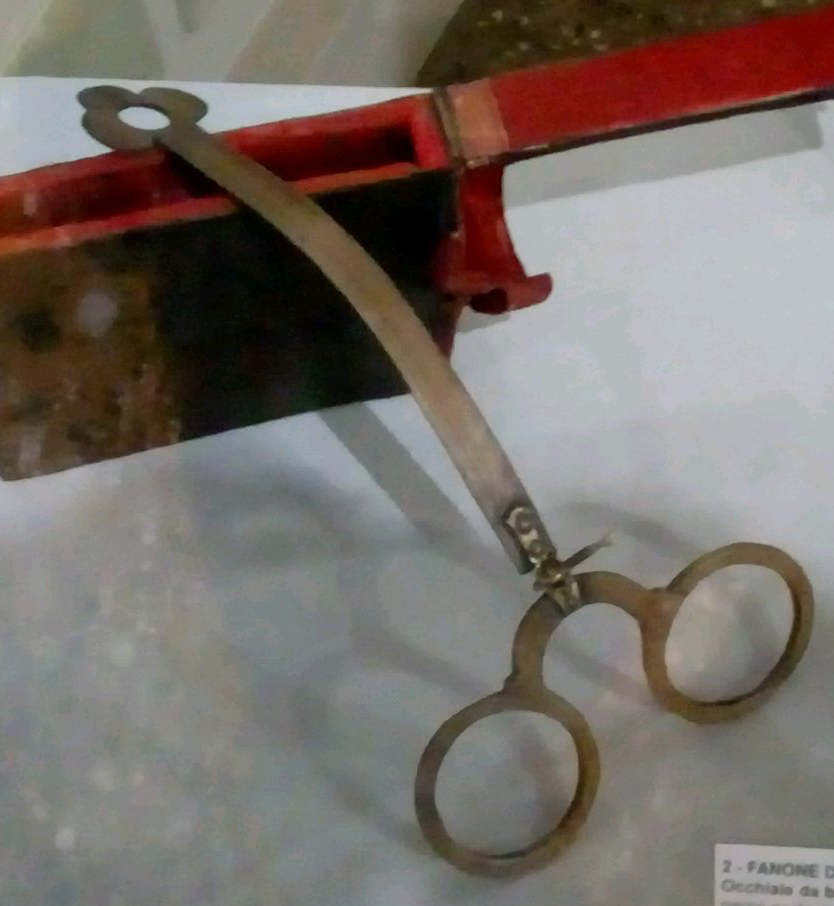
Baleen spectacles – Sixteenth or Seventeenth Century – with detachable, hinged slat meant to fit under a hat or wig. This was a means of holding eyeglasses in place before the invention of the hinged temple.
In this other pair below, a flat baleen strip was flipped perpendicular, curled around the lenses, and fastened into eyewires, to hold the lenses in the frame. This type of fabrication was generally better for higher diopter lenses.
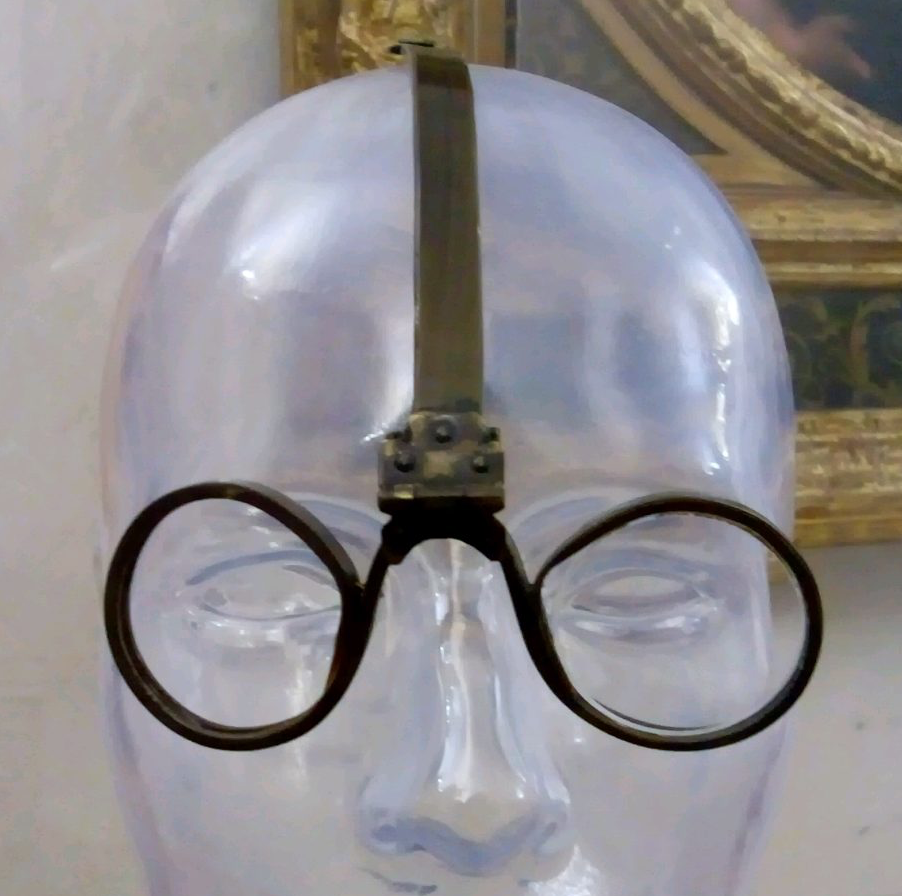
Baleen glasses in which the eyewires are made of strips which were rolled and fastened. These have an additional strip of baleen which curls over the head, to fasten under a hat or wig. Circa Seventeen Century.
On a different aesthetic note, these tortoise and ivory spectacles were made in India, circa the 17th Century:

Spectacles from India, circa Eighteenth Century, tortoise and ivory. The Elephants mounted in the frame of these eyeglasses recall Ganesha, Hindu deity of success and wisdom.
More baleen glasses below, from Venice and the Netherlands, with carved wood and stingray cases, respectively. Also note the self-portrait of the author reflected in the glass:
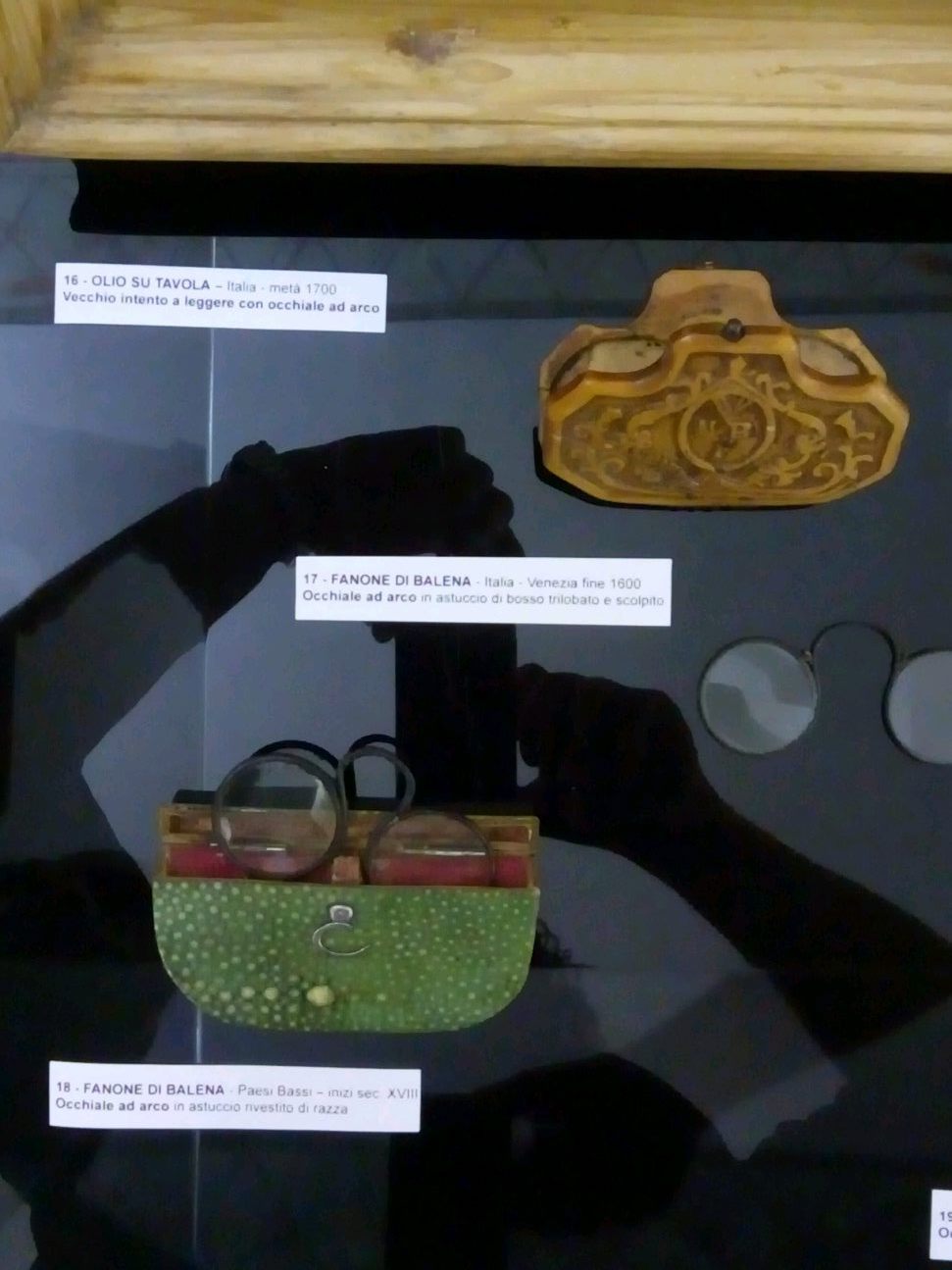
Baleen “nose” spectacles, from Venice and the Netherland with carved wood and shagreen cases. Circa 16th or 17th Century.
These fine baleen spectacles were presented in a fitted metal case:
But there was more, going back even further in time. I’m unsure of the provenance, but these leather spectacles could date back to the 1400s. They’re formally similar to the earliest 2 lens eyeglasses we know of:
Here’s another leather pair from England:
You can consider the next piece either a large spectacle case or pop-up eyewear book.
The book is in German, was published in 1758, and the glasses are probably contemporary to it.
These next ones are interesting:
They’re attributed to Japan, circa late Eighteenth Century. The eyewires are pierced at the corners, to allow for string to loop around the wearer’s ears. One wonders about the development of eyewear in Japan prior to, and during the Tokugawa Shogunate, which substantially cut off contact between Japan and the rest of the world from 1633 to the 1850s. The Portuguese had initiated trade from the beginning of the 17th Century, but were expelled in 1639 due to difficulties with their missionary activities. I mention this because these frames resemble the type fashionable on the Iberian Peninsula during the Seventeenth Century. By the late Eighteenth Century, this sort of frame was an anachronism in the West.
For context, here’s a pair of Japanese spectacles said to be identical to a pair owned by Ieyasu Tokugawa, founder of the Shogunate:
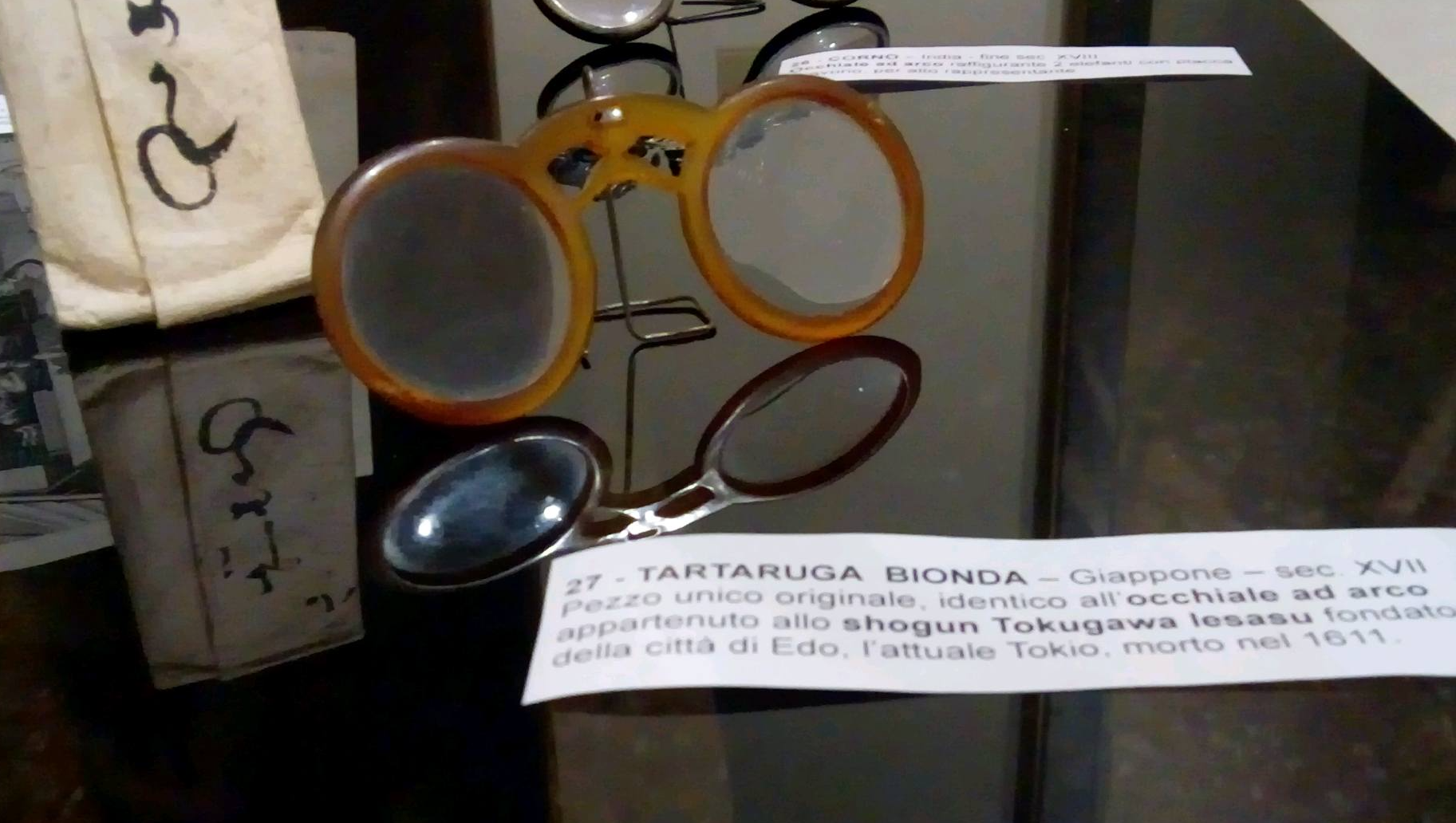
Japanese spectacles, early Seventeenth Century. These are said to be identical to those worn by Ieyasu, founder of the Tokugawa Shogunate.
A couple of horrendous pictures follow. I’d just gotten a new cell phone. To be honest, I still haven’t figured out how or why the autofocus does what it does. In all probability, the aperture opened fully up in the poor light, which eliminated any depth of field. Who knows? But you deserve an idea of how lovely the display cases looked, in the context of the space:
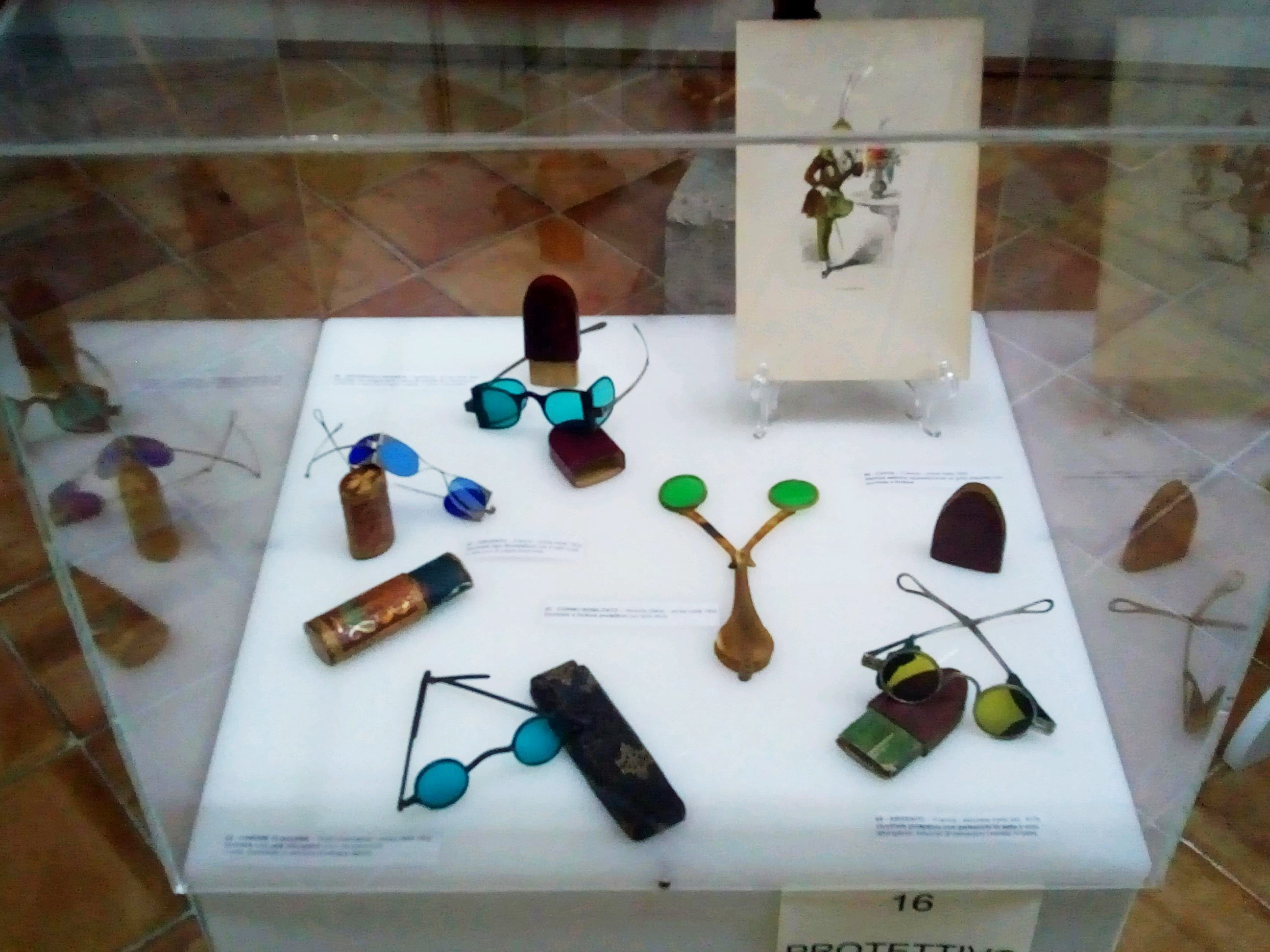
Display case of early protective eyewear – mostly sunglasses – at L’Occhiale al Potere show, Treviso 2018
Above is a selection of sunglasses from the Late Eighteenth and early Ninteenth Centuries. It includes, clockwise from upper left, Two pairs of Richardson 4 lens sunglasses, one scissors lorgnette, one pair of very early sunglasses with leather side covers, one pair of early tinted, swivel armed spectacles.
Below is a display of early sunglasses; mostly from Venice. (At this point, I should note the summer sun is ferocious here, mitigated only by the unbelievable humidity that saturates the air. It’s no surprise sunglasses developed early here.)
The object that looks like a mirror with a big green lens in the back was an early example of sunwear, generally carried by ladies of Venice in the Eighteenth Century. It could also be used as a fan, or “double fisted” with a fan.
And at twilight, when the legions of mosquitoes descended, a lady could swing both, simultaneously (though futilely), at the inexorable pests, which are endemic to the region.
In the foreground is a pair of sunglasses that belonged to the Doge di Venezia, or Duke of Venice. Note his escutcheon, used as a sort of finial at the end of the temples. I tried to capture the hinges in a photo, but it wasn’t possible. They are probably the nicest forged hinges I’ve ever seen on a piece of eyewear. The finish and evenness of the barrels is superb; obviously the work of an artisan, probably a jeweler of the first water.
Here’s one of my attempts to get a shot of the hinge. You’ll see how flat it is:
There wasn’t enough light for a good photo of the hinge from the reverse angle, but here’s the shot anyway:
These sunglasses were lovely. You’ll note these come with their original case.
There was more, even a modern pair of frames in the Le Corbusier/Warhol style, but this post is already getting kind of long. And when I say more, I mean more. This is the second in a series of eyewear exhibitions arranged and curated by the lovely Lucia Maria Benedetti. I had the pleasure of meeting her after I’d seen the exhibition and talking with her for a while. Subsequent to taking all these photos, she told me I wasn’t supposed to take photos! I was unaware, but explained the great work she’d done deserved to be seen by those who couldn’t make it to Treviso, and expressed my intention of sharing the images on my blog. Indeed, the show and experience was first rate, and I’m excited to know another such exhibition will follow. I believe I’ll be in the area, and I intend on seeing it. She’s also working on a book, which I’m eager to see.
So that’s today’s post.
All in all Treviso’s lovely; so’s the whole region. It’s a short drive to Venice and the Adriatic. It’s an equally short drive to the Dolomites. There’s also Valdobbiadene and its vineyards. I’ll leave you with an image of a cloud that came down for a visit, as I was driving up to a factory near Pieve di Cadore.
Subscribe for more elevating posts.

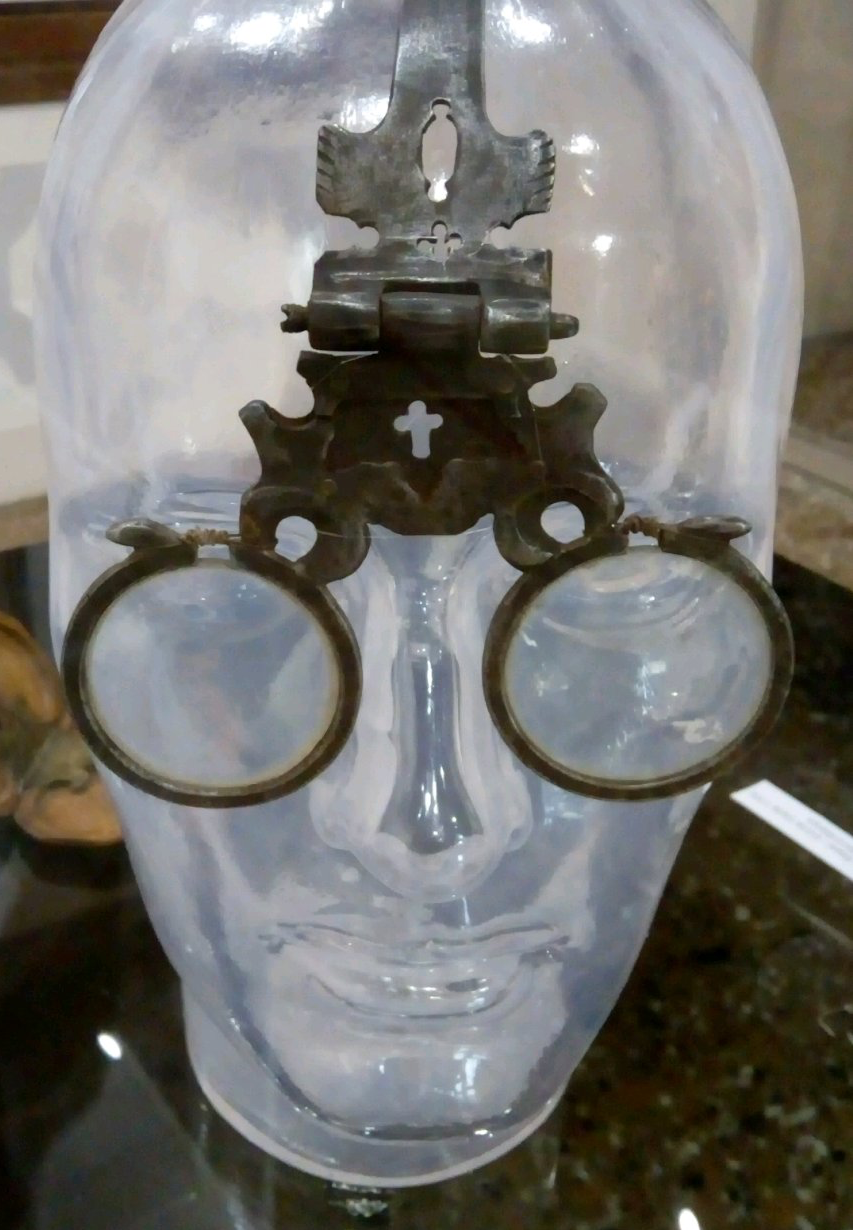
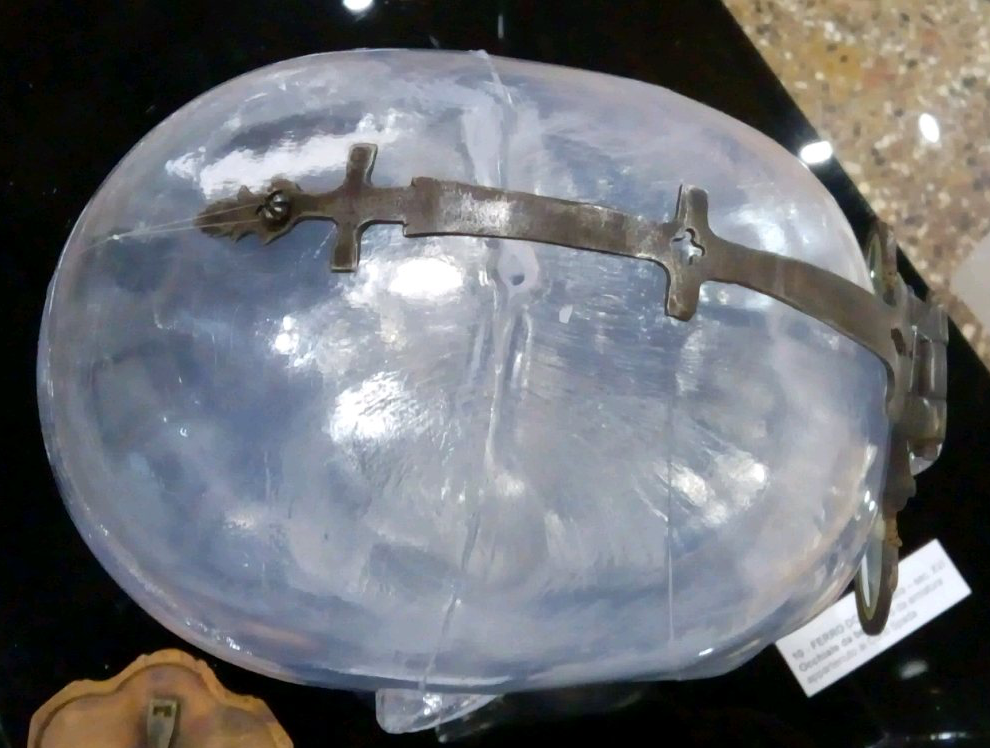
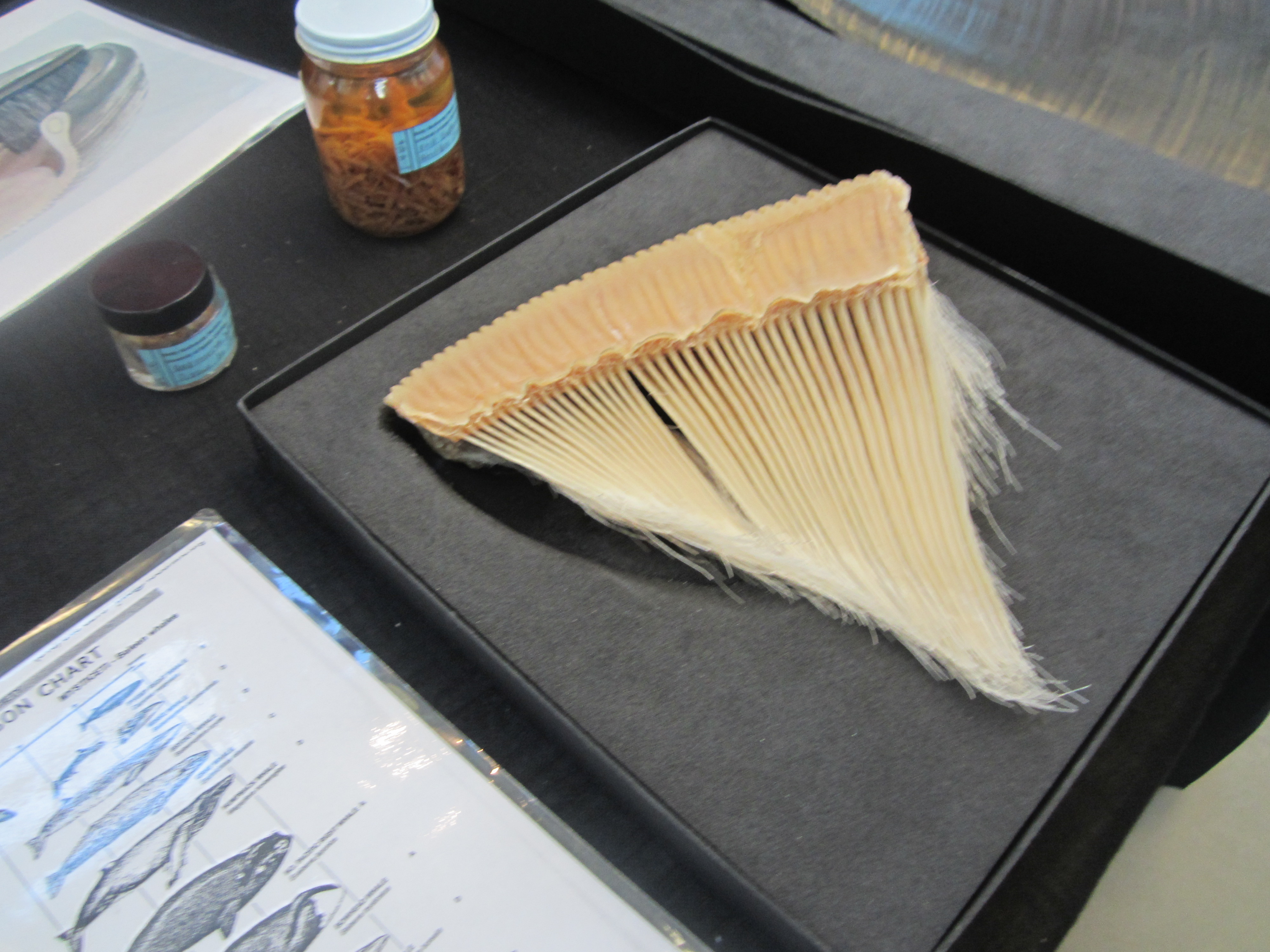
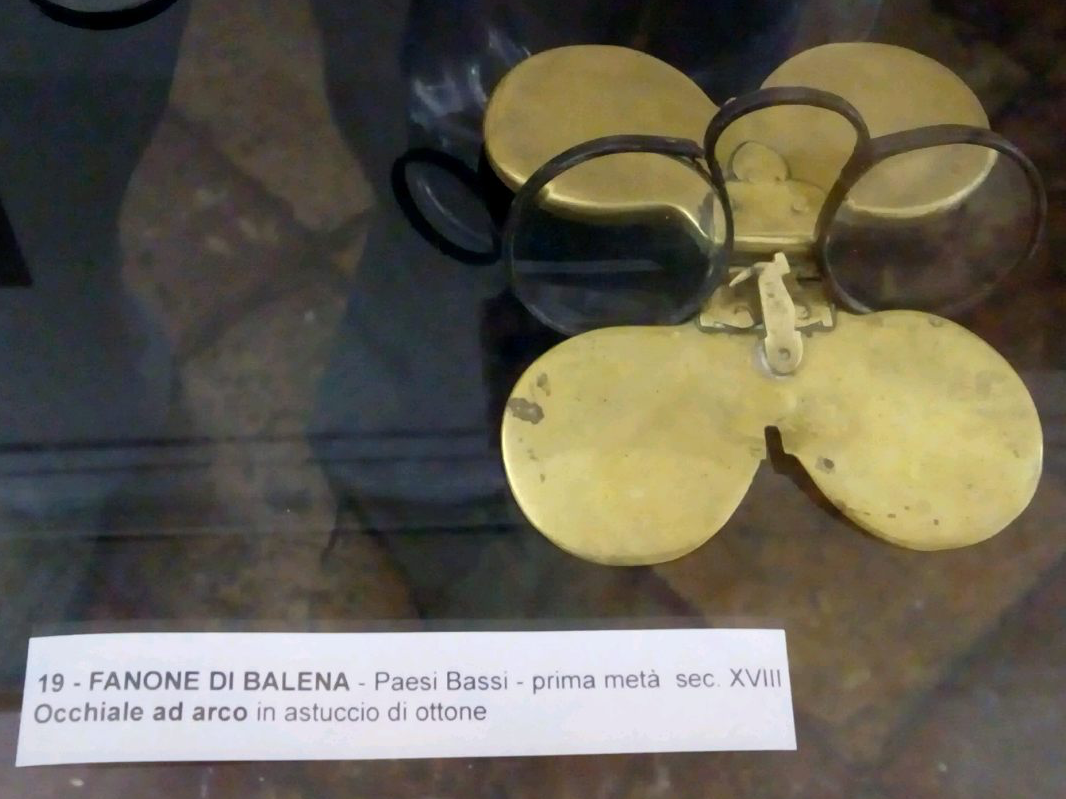
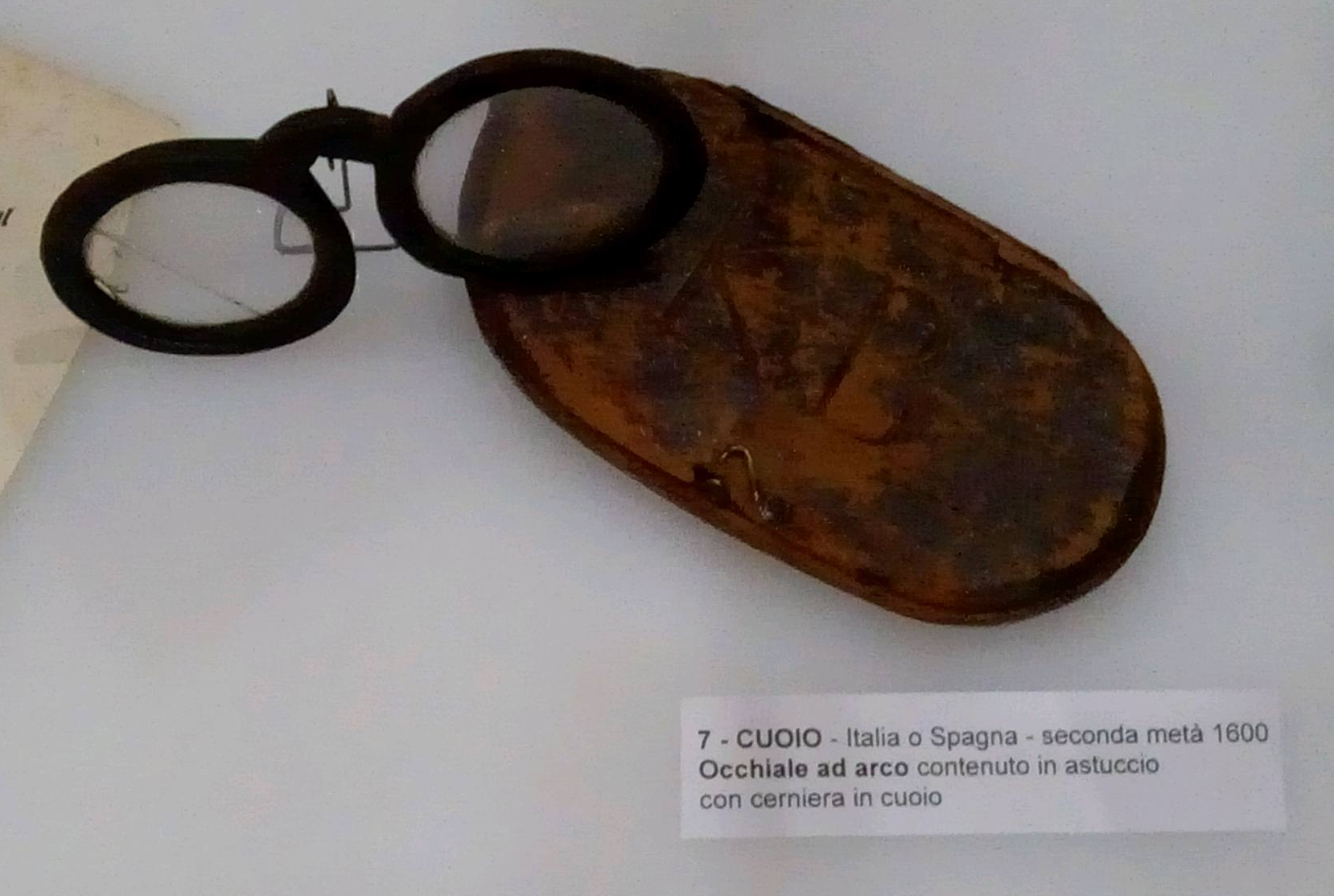
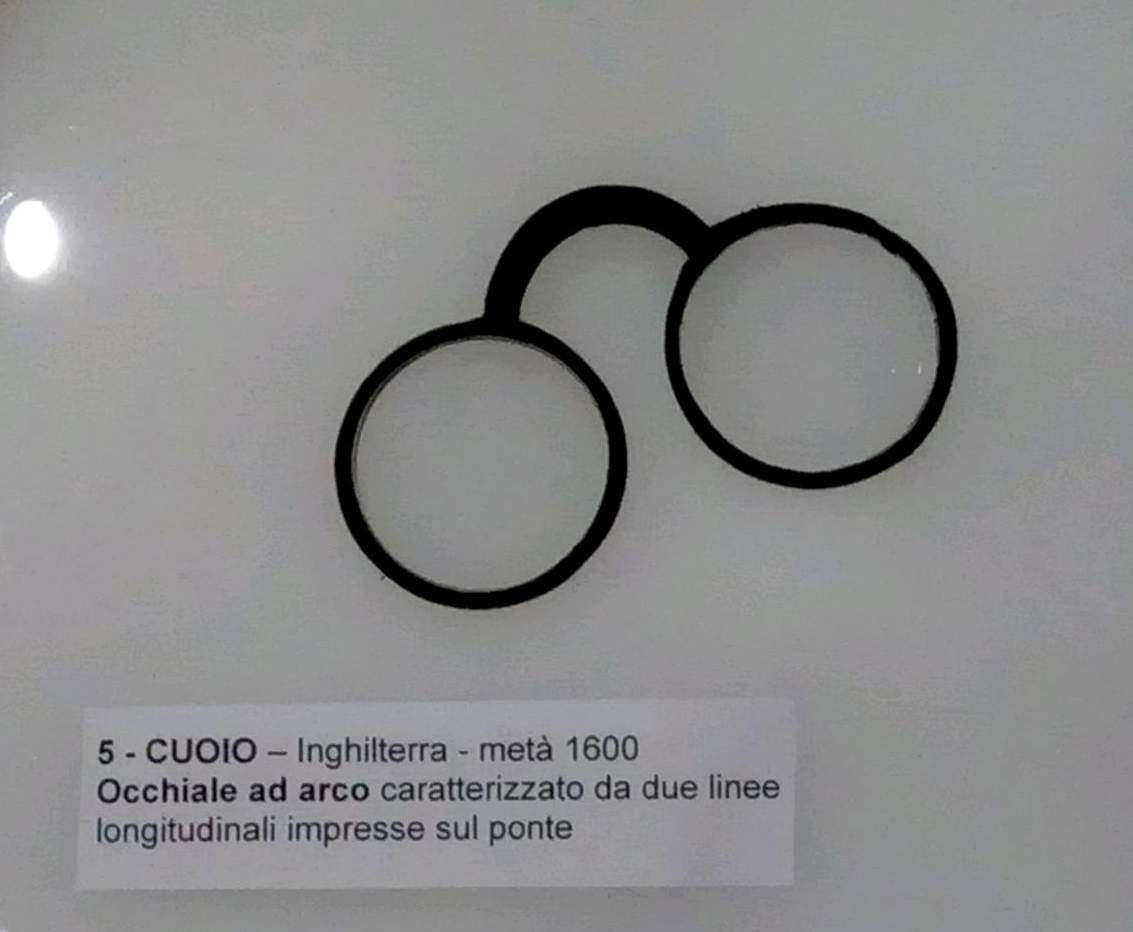
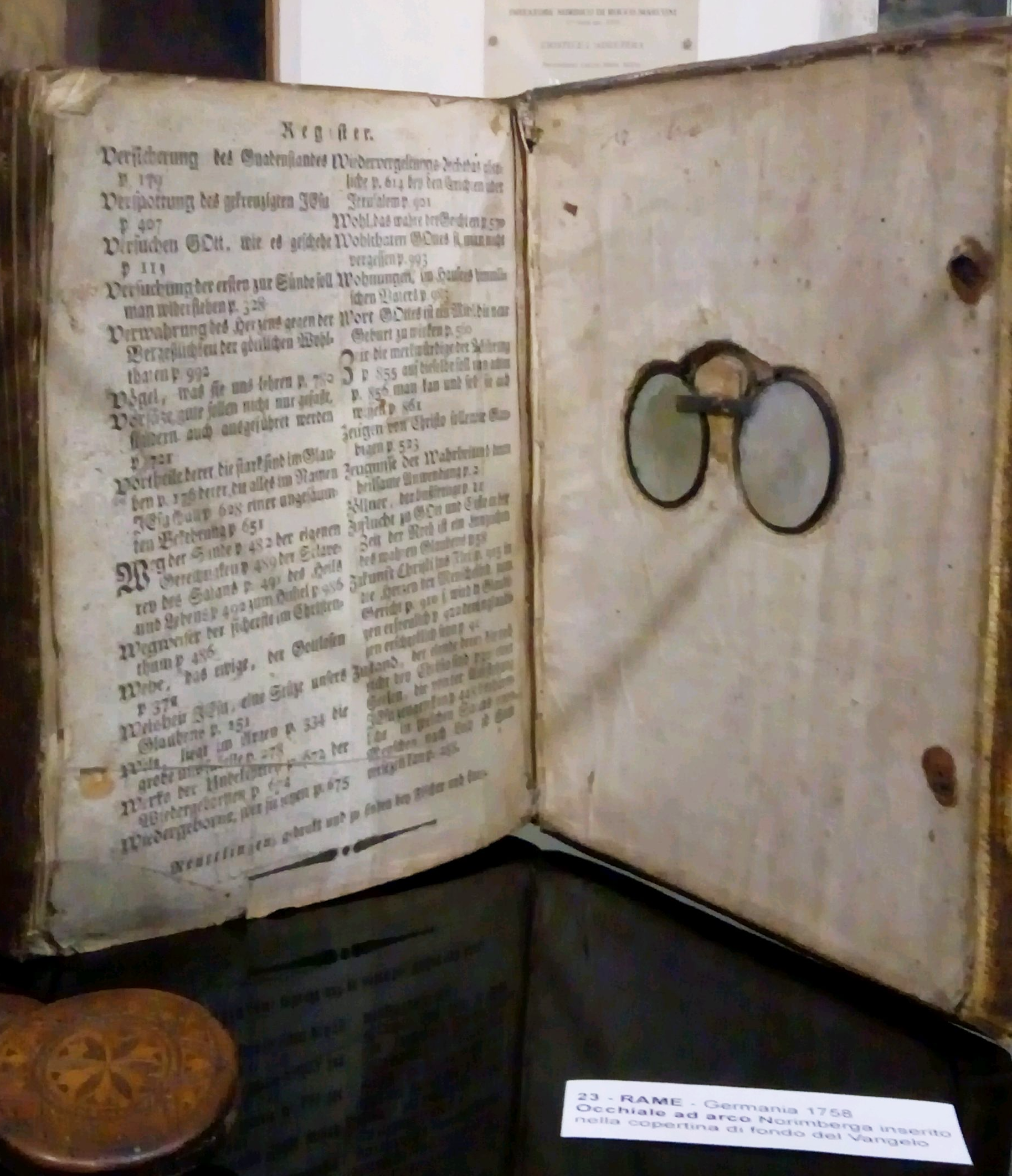
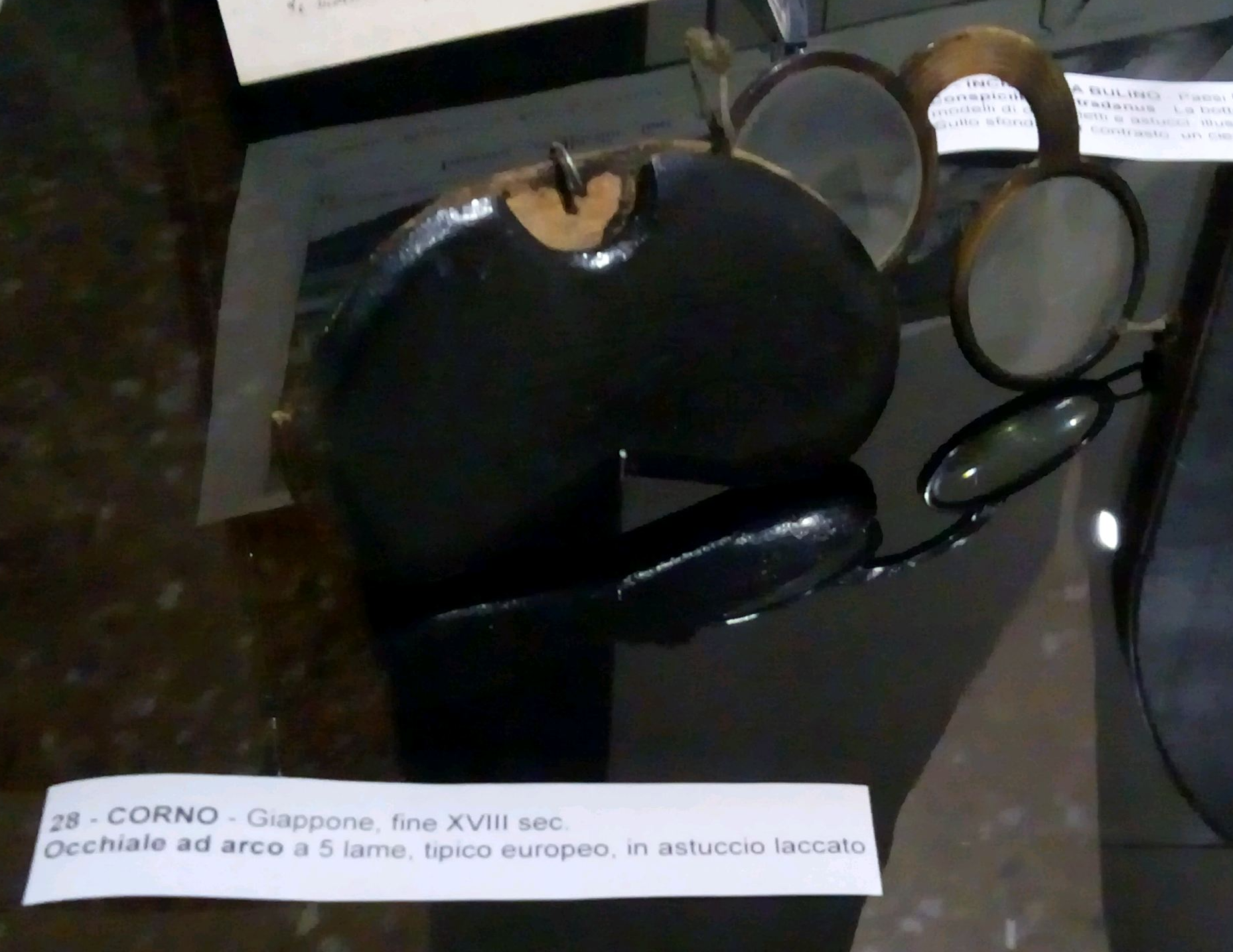
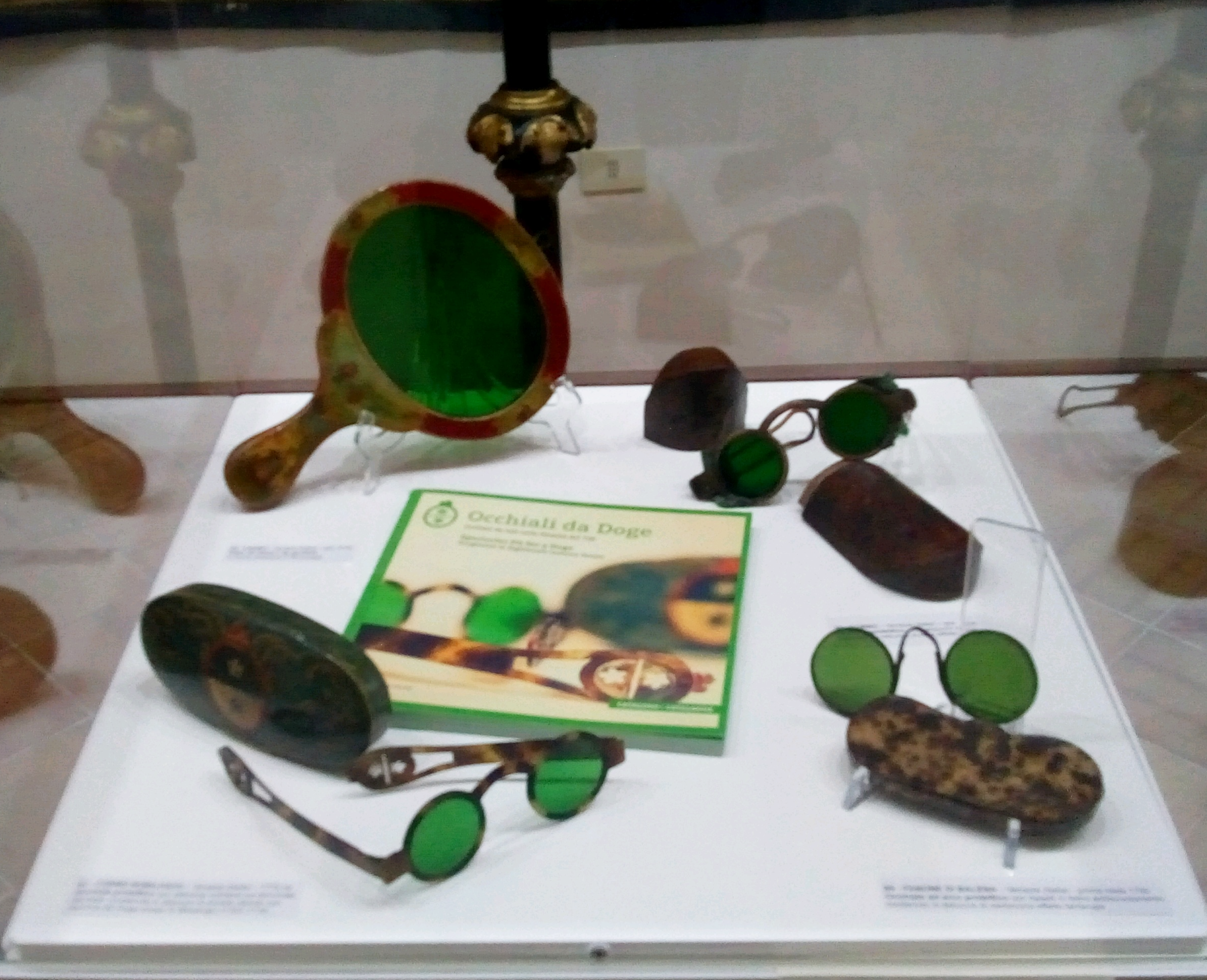
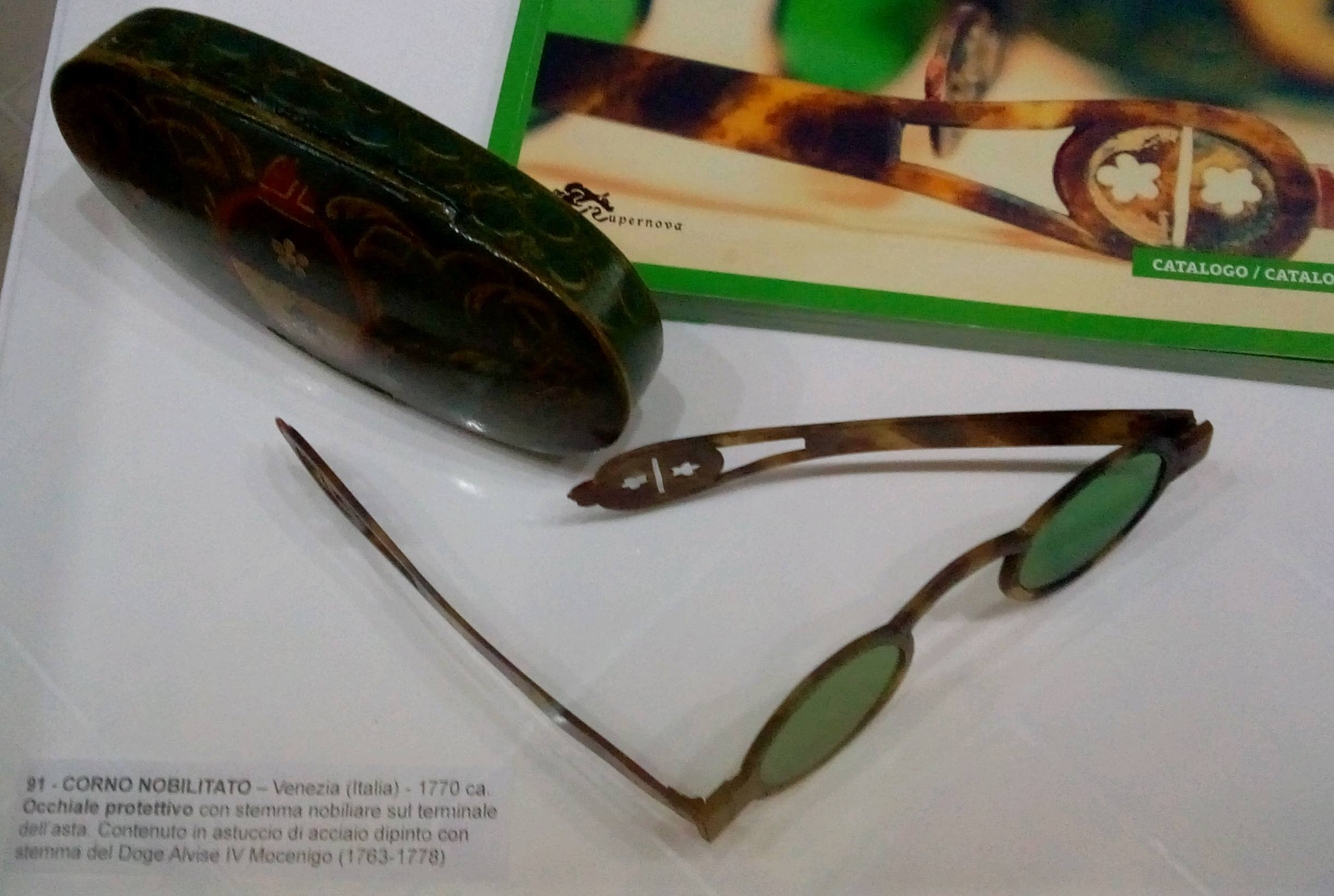
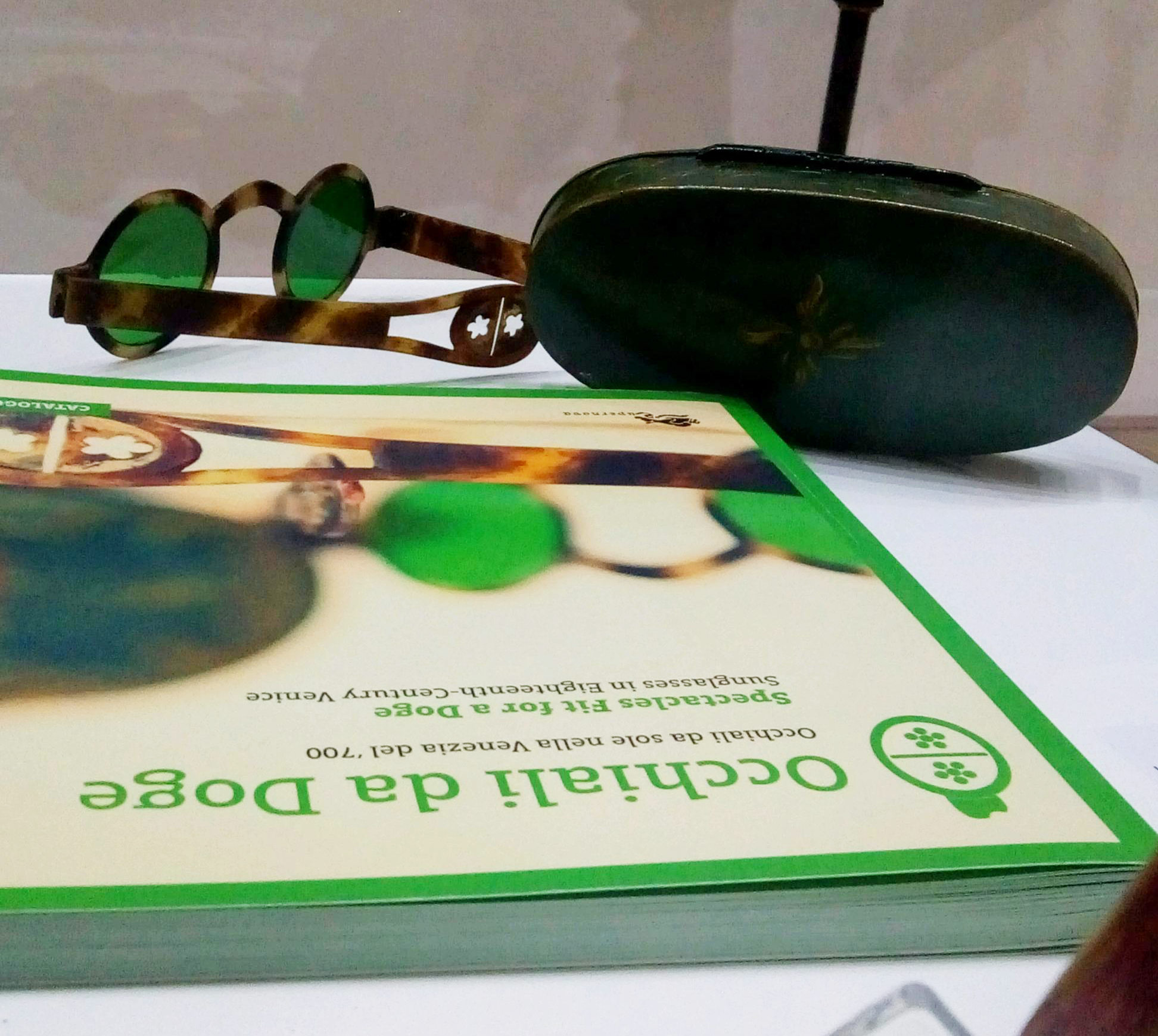
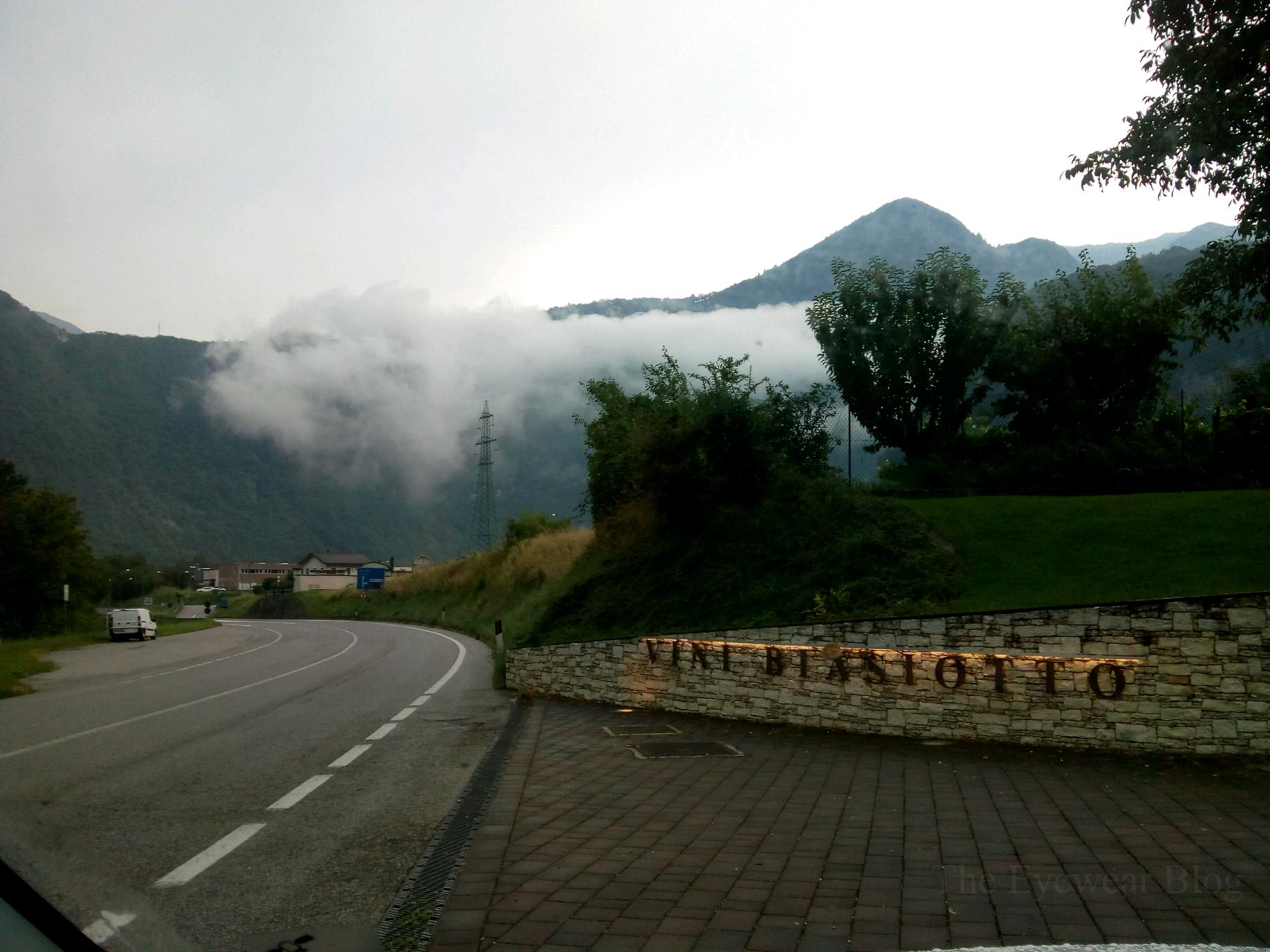
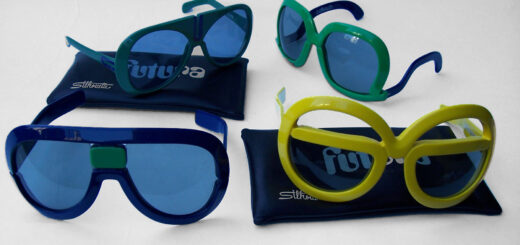

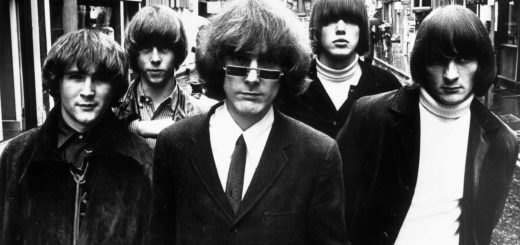
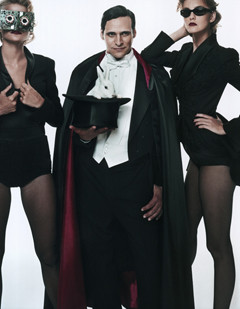
Truly excellent and well appreciated, Moss. Really, really want to say a big Thank You! From all of us unable to see the exhibition firsthand.
My pleasure Barry. I wish you’d been there with me. It was really well done. I wanted to take everybody, and this was the closest I could come.
Wonderful piece Moss, thank you so much.
I can only hope you enjoyed reading it as much as I enjoyed attending and sharing.
What a beautifully curated exhibit, thank you so much for sharing this amazing experience!
The best thank you would be to share it with others that might appreciate it.
Help make Monday a bit brighter. 🙂
Wow!! Lucky you to get to view these exquisite marvels up close and personal!! And lucky us – and a huge ‘thank you’ – for sharing!! 😎🤓👏🏻👍🏻
It makes me happy if you enjoyed this post.
Great blog and pics. Hope you are well!
Valerie! It’s been ages. I’m glad you liked the post.
What a great post! Thank you for sharing
Italy is truly the homeland of eyewear design and innovative ideas, take a look at these people:
http://www.eyeframe.it
Interesting work Luca.
I have been working in the sunglasses industry for Smartbuyglasses for two years now. However, this gave me a completely new way of looking at sunglasses.
Nice post with unique content and good pictures – exactly what the Internet needs!
Will start to check your blog more often now.
Thank you.
i am eyewear designer many years and it was pleasure to read this. thank you Roni.
Thank you. The pleasure is mine.
Am from the U.K. enjoyed reading your post I wait your next blog
Thank you. I’m glad you enjoy the blog.